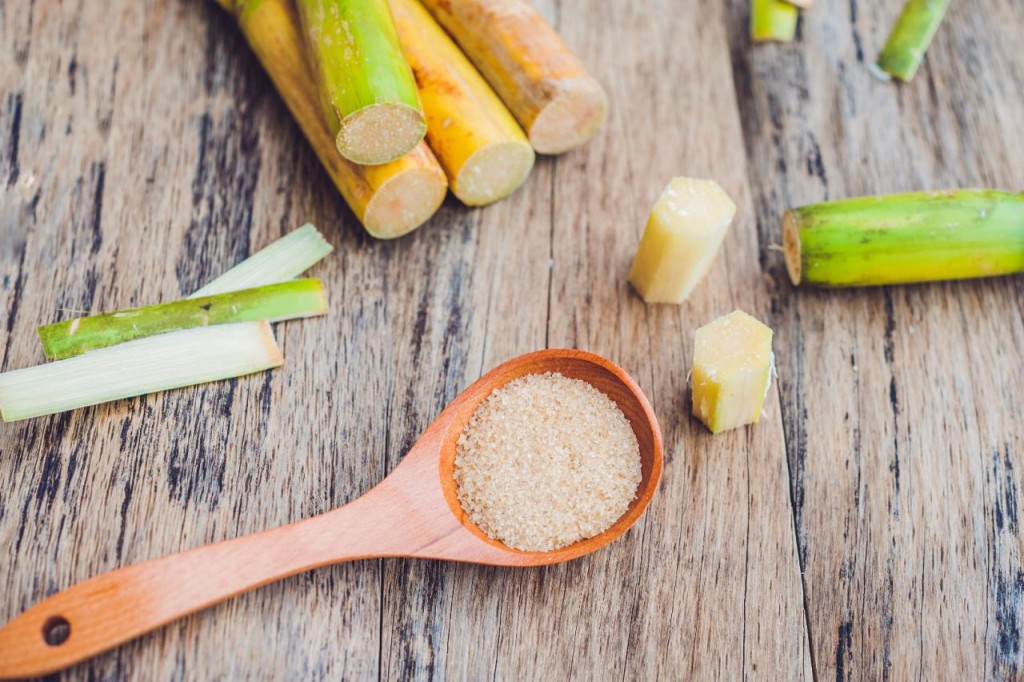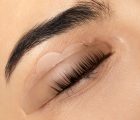 The effect of the glycolic acid depends primarily on its concentration – the higher it is, the more effective its action will be. Glycolic acid is used in beauty salons and for the production of cosmetics available in drugstores. In addition, many women use it at home. What properties does glycolic acid have and how does it work? How to use it in a beauty salon, and how to use it in the comfort of your own home? Let’s find out.
The effect of the glycolic acid depends primarily on its concentration – the higher it is, the more effective its action will be. Glycolic acid is used in beauty salons and for the production of cosmetics available in drugstores. In addition, many women use it at home. What properties does glycolic acid have and how does it work? How to use it in a beauty salon, and how to use it in the comfort of your own home? Let’s find out.
Glycolic acid – properties
Glycolic acid is extracted from cane sugar juice and belongs to fruit acids called alpha-hydroxy acids or – in short – AHA acids. Glycolic acid has the smallest particles among all AHA acids, so it has the ability to penetrate deep layers of the epidermis. For this reason, it is highly effective, but at the same time when using it at home, it’s best to follow the producer’s instructions.
How does glycolic acid work?
Glycolic acid stimulates the production of elastin and collagen, which is why it is used as an ingredient in various cosmetics and rejuvenating treatments. Elastin and collagen fibers disappear with age, which results in less firm and less elastic skin and more wrinkles.
In addition, glycolic acid supports regular exfoliation of the epidermis, increases the level of skin hydration, accelerates the regeneration process, makes the skin pores smaller and regulates the secretion of sebum. For this reason, it is especially recommended for the care of oily and acne-prone skin.
When used on regular basis, glycolic acid brightens up post-sun spots and scars, even post-acne scars. In addition, it prevents dry skin, for example in the case of fish scales, and gray, which is typical for smokers.
Glycolic acid can be used not only on the face, but also on the whole body – it helps to fight stretch marks, cellulite and keratinized epidermis on the elbows, knees, and feet.
The effect of the glycolic acid depends to a large extent on its concentration and the pH of the acid solution
1. The concentration of glycolic acid
- Concentration up to 15% – glycolic acid in this concentration is the safest because it moisturizes and regenerates the skin as well as exfoliates the surface stratum corneum of the epidermis,
- 20-35% concentration – glycolic acid in this concentration acts as a scrub, which not only moisturizes but also cleanses the skin,
- 50-70% concentration – glycolic acid in this concentration stimulates skin regeneration and delays the aging process and exfoliates dead skin cells. Regularly applied, it increases the thickness of the dermis by as much as 25%, and at the same time does not cause inflammation.
2. The pH of glycolic acid
While low pH values allow the glycolic acid to stimulate epidermal exfoliation and regulate its keratosis process, higher pH determines its moisturizing properties. The stronger the acid is, the higher its concentration and lower pH. The pH of glycolic acid used in beauty salons varies between 0.6-1.6.
How to use glycolic acid in a beauty salon?
Preparation for the procedure
Two weeks before the procedure, you should not sunbathe or use a tanning bed, and one week before the procedure exfoliation with the use of other acids, depilation by waxing and electrolysis, and the use of cosmetics with retinoids is not recommended. Also, on the day of the treatment, the men should not shave.
The course of the procedure
First, the beautician thoroughly cleanses the face and then degreases it with a low glycol preparation. The lips, the wings of the nose and the eye area must be protected with a thick layer of Vaseline.
Next, glycolic acid can be applied to several different parts of the face to check the skin’s reaction to this substance and to avoid possible irritation. The acid is left on the face for 5-7 minutes. After this time, it is neutralized and washed away. The acid concentration must match the particular type of skin.
End of the procedure
After carefully removing the glycolic acid from the face, the beautician asks the client if she is not experiencing any discomfort. If not, the beautician applies a serum and mask that will form a protective layer on the skin irritated after the procedure. Often, an algae mask with moisturizing and supporting skin regeneration is used additionally. At the end, a protective cream is applied.
After the treatment
For some time after the treatment, you might experience itching and stingy feeling and reddened skin; this condition should not last longer than 24 hours. It is not recommended to exfoliate the face or to degrease it, for example with a gel. In addition, it’s best to avoid make up the next day and tanning for the next two weeks.
Indications for the procedure
The treatment with glycolic acid is intended for people affected by acne, scars, discolorations, stretch marks, seborrhea, and blackheads. In addition, it will work well for corneal and rough skin keratosis and to slow down the aging process and smooth out the skin texture.
Contraindications to the procedure
Contraindications to the use of glycolic acid include allergies and skin irritations as well as pregnancy and lactation. In addition, the procedure is not performed in people on a retinoid therapy and those suffering from autoimmune diseases. It should also be avoided in the case of herpes, cysts and if the last surgery performed within the face has not passed two full months.
How to use glycolic acid at home?
The glycolic acid solution can be used at home, provided that its concentration does not exceed 50% and that it will be diluted with water according to the following formula:
- A solution of 5% – 15 ml of acid + 260 ml of water,
- A solution of 10% solution – 15 ml of acid + 100 ml of water,
- A solution of 20% solution- 15 ml of acid + 50 ml of water,
- A solution of 30% solution – 15 ml of acid + 27 ml of water,
- A solution of 40% solution – 15 ml of acid + 15 ml of water,
- A solution of 50% solution – 15 ml of acid + 8 ml of water.
The procedure is to be carried out the same as in a beauty salon, but before you do it, you must run an allergy test. If there’s no allergic reaction you can proceed with the treatment. First, cleanse the face and then apply a layer of rich cream to it – leave an especially thick layer around the eyes, on the wings of the nose and the lips. Then apply the solution, for example with a rolled up cotton swab. It should be left on the face for a maximum of 5 minutes and then washed with a cotton swab soaked in plenty of water.
The glycolic acid should be removed as thoroughly as possible and followed by a moisturizing cream application. The next day you have to give up wearing makeup.





Leave a Reply